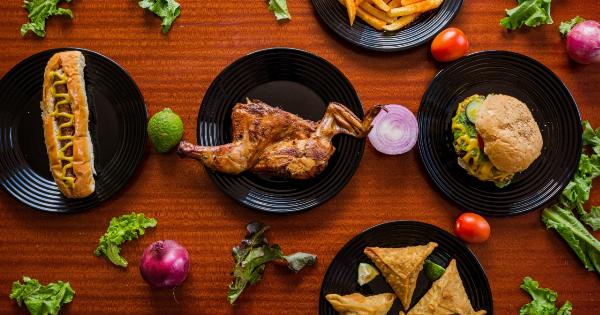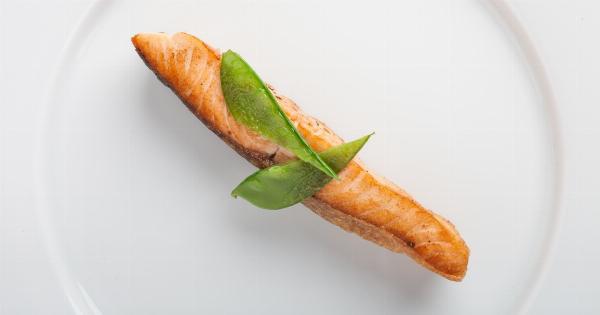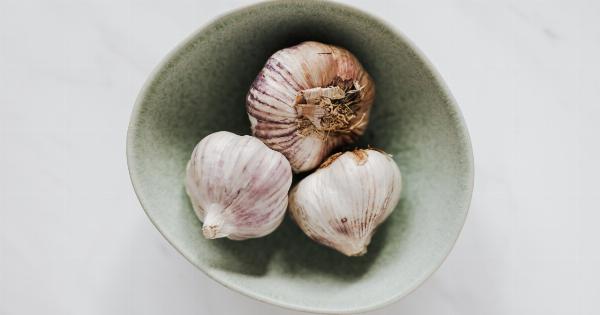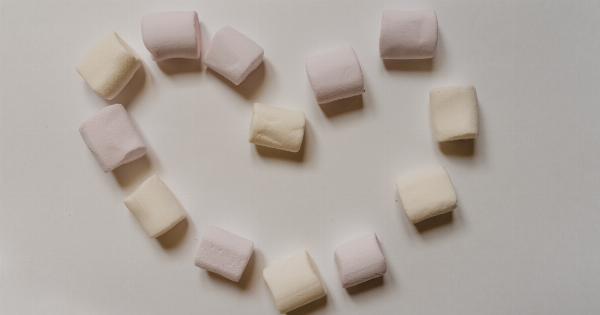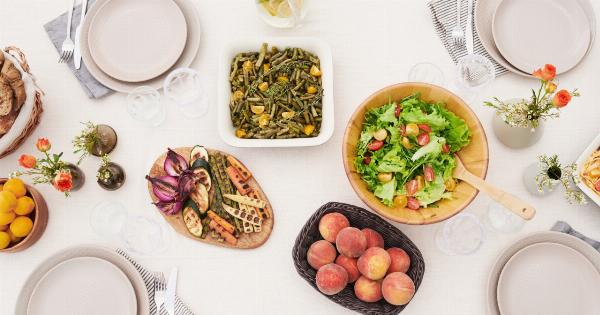Freezing food is a great way to preserve them, prolong their shelf life, and save time and money. While most foods can be frozen, there are some items that shouldn’t be frozen as it affects their texture or flavor.
Here are ten foods you shouldn’t freeze:.
1. Raw eggs in the shell
Freezing raw eggs in their shells can cause them to crack as the liquid inside expands. When you thaw the eggs, they can also become rubbery in texture. Always crack eggs and place them in an airtight container before freezing.
2. Cooked pasta and rice
Freezing cooked pasta and rice can make them mushy and clumpy when you thaw them. If you’ve cooked more than you need, try to consume it within a day or two.
Alternatively, you can also rinse the cooked pasta or rice in cold water to wash away starch before freezing, but it’s still not ideal.
3. Raw vegetables with high water content
Cucumbers, lettuce, celery, and other vegetables with high water content contain a lot of moisture, which can cause them to become soggy when frozen. They are best eaten fresh or canned.
If you must freeze them, blanch them first to preserve their texture.
4. Soft cheeses
Cheeses like feta, brie, camembert, and ricotta have a high moisture content and can become grainy and crumbly when frozen. It’s best to consume them fresh or use them in dishes that will be cooked thoroughly.
Hard cheeses like cheddar, Parmesan, and Swiss can be frozen, but tend to become crumbly when thawing.
5. Sour cream, yogurt, and cream cheese
Freezing these dairy products can cause them to separate and become watery when they thaw. These products are best consumed fresh or used in dishes that will be cooked thoroughly.
6. Fried foods
Fried foods like chicken, fish, and fries become soggy and lose their crispy texture when frozen. It’s best to consume them fresh or store them in the fridge for a day or two.
You can also reheat them in the oven or air fryer to revive their crispiness.
7. Fresh herbs
Freezing fresh herbs like basil, parsley, and mint can cause them to lose their aroma and flavor. It’s best to consume them fresh or dry them to use later.
Alternatively, you can chop them, mix them with olive oil, and freeze them in ice cube trays for later use in dishes.
8. Mayonnaise and salad dressings
Dairy-free mayonnaise and salad dressings can separate and become watery when frozen. It’s best to consume them fresh or make small batches that you can finish within a few days.
You can also use oil and vinegar-based dressings that can be stored in the fridge for several weeks.
9. Gelatin and custard-based desserts
Freezing gelatin and custard-based desserts can cause them to become grainy and lose their creamy texture. It’s best to consume them fresh or store them in the fridge for a day or two.
Alternatively, you can freeze the components separately and assemble them before serving.
10. Watery fruits
Fruits with high water content like watermelon, oranges, and strawberries can become mushy when frozen and thawed. It’s best to consume them fresh or use them in smoothies and shakes.
If you must freeze them, chop them into small pieces and store them in airtight containers or freezer bags.









